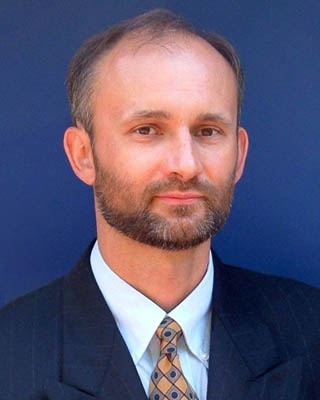
Some of the most difficult problems with real-time and embedded programing are related to concurrent code execution as well as code organization, which all too often degenerates into "spaghetti code". These problems are usually intermittent, subtle, hard-to-reproduce, hard-to-isolate, hard-to-debug, and hard-to-remove. They pose the highest risk to the project schedule.
This session presents a set of best practices of concurrent programming, which are collectively known as the active object (or actor) design pattern. In this pattern, applications are built from event-driven, non-blocking, asynchronous, encapsulated threads (active objects), with the internal behavior of each active object controlled by a state machine.
While active objects can be implemented manually on top of a traditional RTOS, a better way is to use an active object framework. You will see how this leads to inversion of control, enables architectural reuse, and allows the framework to automatically enforce the best practices.
In the second part, the session will introduce modern hierarchical state machines as the powerful "spaghetti reducers". You will see how state machines complement active objects and enable graphical modeling and automatic code generation.
The session will utilize hands-on demonstrations using EFM32 Pearl-Gecko ARM Cortex-M4 board, the QP/C real-time embedded framework and the QM modeling and code-generation tool.
To post reply to a comment, click on the 'reply' button attached to each comment. To post a new comment (not a reply to a comment) check out the 'Write a Comment' tab.
Please login (on the right) if you already have an account on this platform.
Otherwise, please use this form to register (free) an join one of the largest online community for Electrical/Embedded/DSP/FPGA/ML engineers:



















